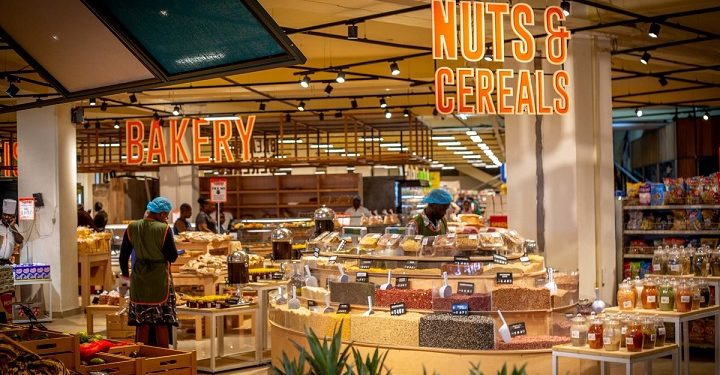Kenya’s retail sector is poised for growth, particularly in undersupplied regions such as Kiambu and the Mount Kenya region. According to the Cytonn Kenya Real Estate Retail Sector Report 2024, these regions present significant opportunities for developers and retailers alike, driven by a growing middle class and high demand for quality retail spaces.
The report highlights that Kisumu and Uasin Gishu are among the most oversupplied retail markets, with average occupancy rates of 79.4% and 79.0%, respectively. In contrast, Kiambu and the Mount Kenya region are undersupplied, with space demand of 0.7 million square feet and 0.6 million square feet, respectively. This disparity presents a lucrative opportunity for developers to focus on these less saturated regions.
Retailers such as Naivas, Panda Mart, China Square, and Carrefour have already started to capitalize on these opportunities by expanding into new areas. Their aggressive expansion is a response to Kenya’s relatively low formal retail penetration, which stood at around 35.0% in 2021 according to the Oxford Business Group. This expansion is expected to continue as retailers seek to fill the gap left by struggling chains like Uchumi, The Game, Tuskys, and Nakumatt.
The growth in the retail sector is further supported by positive demographic trends. Kenya’s high urbanization and population growth rates of 3.7% and 2.0% per annum, respectively, against the global averages of 1.7% and 0.9%, drive demand for goods and services. Additionally, Nairobi’s recognition as a major investment hub attracts significant interest from local and international retailers, further fueling sector growth.
Improved infrastructure development also plays a crucial role in supporting retail sector growth. Various projects, including road and railway developments, have enhanced accessibility, making it easier for retailers to expand into new areas. This improved infrastructure is expected to continue facilitating strategic retail expansions across the country.
However, the sector faces several challenges that could impede growth. Subdued consumer purchasing power, high construction costs, and difficulties in accessing credit are some of the key issues highlighted in the report. Construction costs, for instance, have risen significantly, making it 17.6% more expensive to build in 2024. Despite these challenges, the overall outlook for the retail sector remains neutral, with ongoing retailer expansions and infrastructure improvements expected to drive market activity.
In conclusion, Kenya’s retail sector offers substantial opportunities, particularly in undersupplied regions like Kiambu and the Mount Kenya region. Positive demographic trends, improved infrastructure, and retailer expansion are key drivers of growth. While challenges exist, the sector is well-positioned to leverage these opportunities and achieve sustainable growth.





